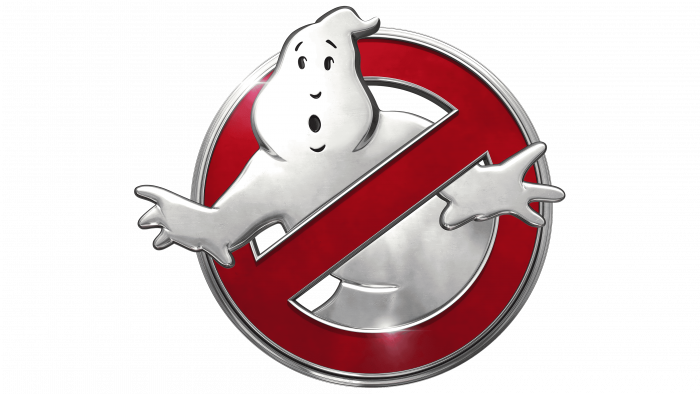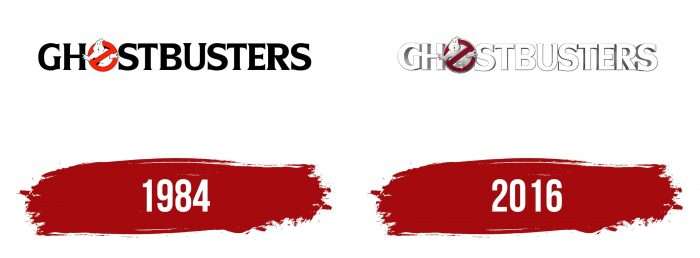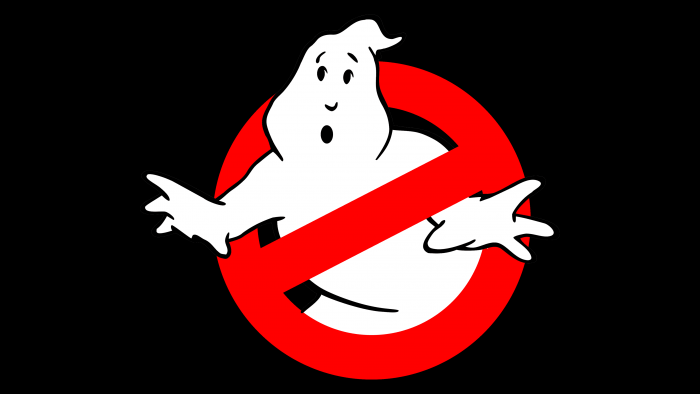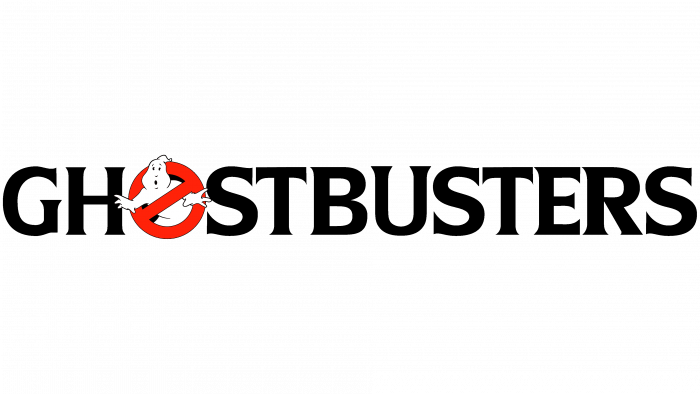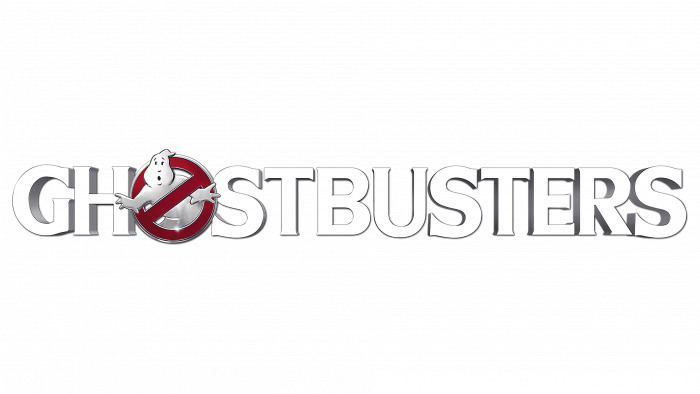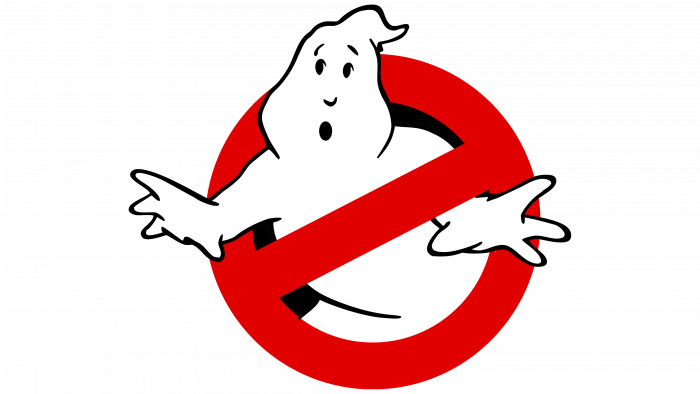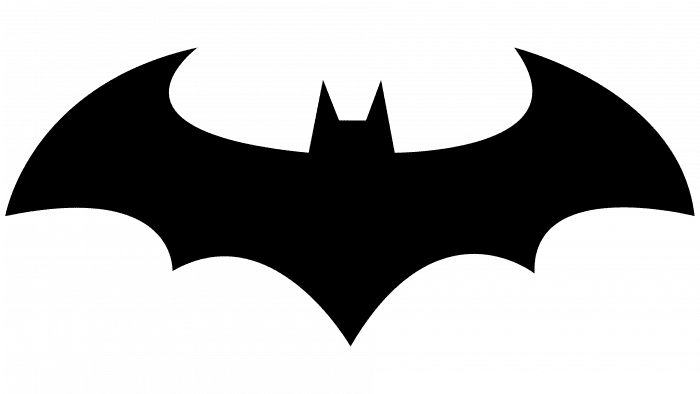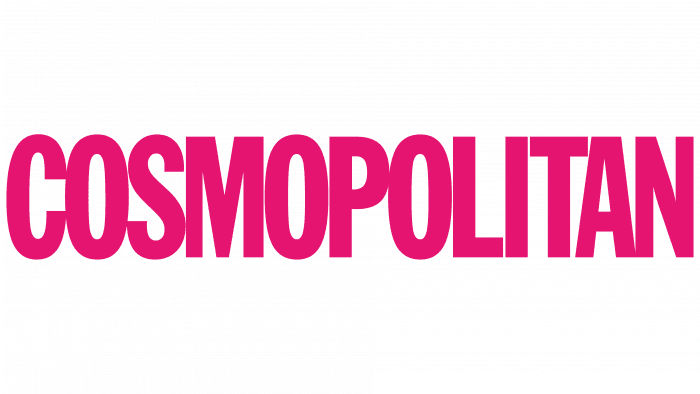For monsters and ghosts, the passage is closed, and it says the Ghostbusters logo. The emblem promises that all otherworldly creatures will be caught and safely hidden behind bars. There is no place for the abnormal and frightening in people’s lives, and the sign speaks ambiguously about this.
Ghostbusters: Brand Overview
Meaning and History
Viewers remembered the first film for its expensive special effects, timeless single, and classic No-Ghost emblem. The iconic icon deserves special attention because it makes fun of ghosts and teaches you to treat them as something mundane, although they look intimidating in episodes of Ghostbusters. A cute graphic makes up for the frenzy. Moreover, it was used on posters and in the comedy as a business logo for the main characters.
This emblem was invented by the original scriptwriter, Dan Aykroyd. He worked on the project for several years, inspired by an article on parapsychology and quantum physics. Dan originally wanted to star in the film with his friend John Belushi, but he didn’t live to see filming. The story was later completely redone to become the world-famous Ghostbusters.
The script described the logo with just a few phrases, and the art director, Michael C. Gross, had to detail it. He worked with his colleagues from the art department to work through several unfortunate concepts. As a result, Gross only slightly changed the shape of the ghost, after which he turned to the artist Brent Boates, a consultant on the design of otherworldly creatures, for help. Brent immediately proposed the final version.
Now, the No-Ghost symbol is the most recognizable element of the media franchise. He practically did not change after the release of the following films.
What is Ghostbusters?
Ghostbusters is a fantastic comedy about supernatural beings, events, and phenomena. It first appeared in 1984 and was directed by Ivan Reitman. Harold Ramis and Dan Aykroyd wrote the film.
1984
Initially, it was assumed that the logo would be used only in the plot of Ghostbusters; that is, viewers will see it on the special uniforms of the main characters and the side of the Ecto-1 car. But by the time the first teaser was needed, the Columbia studio did not have the rights to the film’s name: the Ghostbusters brand belonged to an unpopular TV show. So that the poster was not empty, the developers decided to depict the final emblem, which was supposed to decorate the main characters’ scenery, costumes, and props.
The comedy creators were so eager to avoid legal problems and find a temporary replacement for the film’s title that they left out one important detail. As it turned out, the ghost in the logo looked a lot like Fatso from the Casper cartoon. The art department did not attach any importance to this because no one imagined the symbol would be used for an advertising campaign. As a result, the Columbia studio received a lawsuit from Harvey Comics. The court was on the side of the film crew, as the copyright for the characters expired from the publisher Casper.
This is how No-Ghost became the film’s logo and appeared in its title: a ghost trapped inside a prohibition sign replaced the letter “O” in the word “GHOSTBUSTERS.” The designers have blacked out the lettering and opted for an elegant sans-serif typeface.
2016
In 2016, the third film, Ghostbusters, was released, and it was unrelated to the plot of the first two. Its creators tried to preserve the original symbol, only making it three-dimensional using a gradient and white reflections. The prohibition sign has a silvery border, and the inscription has wide gray shadows. At the same time, the letters themselves turned white, and the spacing between them decreased significantly.
The creators of the logo were inspired by the universal prohibition sign, which consists of a red ring and a diagonal line of the same color. The International Organization for Standardization developed this symbol. However, the designers of the Ghostbusters logo did not use the original version with a stripe that goes from the lower-left corner to the upper-right corner; instead, they used a mirrored, inverted version. The “correct” mark only appears on film posters in Europe.
Inside the circle, a cartoon ghost is depicted. His name is Mooglie. Dan Aykroyd (author of the idea and performer of one of the main roles) and Ivan Reitman (director and producer) gave him this nickname.
Ghostbusters: Interesting Facts
The iconic supernatural comedy Ghostbusters has been a fan favorite since its 1984 release. Directed by Ivan Reitman and written by Harold Ramis and Dan Aykroyd, it mixed comedy, horror, and action, leading to sequels, animated series, and lots of merchandise.
- Idea’s Origin: Dan Aykroyd’s interest in the paranormal, inspired by his family, led to the creation of “Ghostbusters.” The initial idea was much bigger, featuring battles across time and dimensions, but was simplified for filming.
- Casting Changes: Originally, Aykroyd wanted John Belushi and Eddie Murphy to star. Belushi’s death changed plans, leading to the casting of Bill Murray, Harold Ramis, Ernie Hudson, and Aykroyd.
- Stay Puft Marshmallow Man: This memorable scene used special effects and a man in a suit to bring the giant marshmallow man to life.
- Ecto-1: The team’s vehicle, a modified 1959 Cadillac ambulance/hearse, became a symbol of the film.
- Iconic Logo: Michael C. Gross designed the famous logo, which has become synonymous with the franchise.
- Slimer’s Backstory: Initially called “The Onionhead Ghost” because of its smell, Slimer was inspired by John Belushi’s comedic style.
- Improvisation: Bill Murray’s ad-libbed lines added to the film’s humor.
- Theme Song: Ray Parker Jr.’s catchy theme song, “Who you gonna call? Ghostbusters!” was a chart-topper and earned an Oscar nomination.
- Box Office Hit: It was the top comedy of its time, second in 1984’s overall box office only to “Indiana Jones and the Temple of Doom.”
- Lasting Impact: “Ghostbusters” has influenced popular culture with its unique mix of genres, leading to sequels, an animated series, video games, and merchandise.
“Ghostbusters” remains a classic, celebrated for its characters, storytelling, and genre innovation. It continues to inspire new franchise additions and delight new fans.
Font and Colors
The emblem is used in the wordmark instead of the letter “O.” The rest of the lettering is in a custom short serif typeface. Regarding the color scheme, the prohibition sign is always red, and the ghost is white. Only the color of the word “GHOSTBUSTERS” is different. At first, the film’s title was black, but then the designers made it the same white as Mooglie, decorating the edges with gray shadows.
FAQ
Can I use the Ghostbusters logo?
The logo is a registered trademark owned by Sony Pictures. It is a creative work of art and a trademarked image that Sony Pictures uses to brand its products and media. It is protected by copyright and trademark laws designed to prevent unauthorized use that could confuse consumers or dilute the brand’s value.
Unauthorized use of the logo, especially if it implies affiliation or endorsement by Sony Pictures, may result in legal action. The logo can be used in some contexts under the fair use doctrine of copyright law for academic or journalistic purposes when discussing the brand or criticizing its marketing. Permission must be obtained directly from Sony Pictures for commercial use or business activity.
What does the Ghostbusters symbol mean?
The logo is simple and features a ghost in a red circle with a slash, the universal sign of prohibition. This logo is a brand identifier with a deeper symbolic meaning related to the series’ themes.
The logo design uses the prohibition symbol to indicate that the presence of ghosts is prohibited. A prohibition sign above a frightened ghost shows that the Ghostbusters are in control. A safety sign suggests that the Ghostbusters protect the everyday world from supernatural influences.
The logo skillfully embodies the entire series concept: ordinary people solve unusual supernatural problems. It promises action, humor, and a touch of creepy to match the tone and content of the film. The ghost within the logo, with its cartoonish and non-threatening appearance, suggests the film’s comedic approach toward ghost hunting.
What is the name of the ghost in the Ghostbusters logo?
The ghost in the iconic logo is named “Moogly” by director Ivan Reitman and screenwriter Dan Aykroyd. Although Moogly is not a film character, his playful and distinctive design is key to the brand’s identity.
Moogly is a white ghost with a mischievous and slightly scared expression, depicted inside a red prohibition symbol. The cartoonish appearance adds a whimsical and approachable feel to the franchise. It represents the supernatural elements that the team seeks to control. The friendly design of the ghost softens the potentially frightening aspect of the supernatural, in keeping with the comedic and light-hearted spirit of the films. It has become a symbol of the brand and is recognized throughout the world. The logo is used on merchandise, promotional materials, and fan art, further cementing its place in popular culture.
Who created the Ghostbusters logo?
Michael Gross, a talented graphic designer, created the logo. Gross is known for his parody illustrations for National Lampoon magazine, where his sharp wit and clever visual style earned him recognition in the industry.
The logo design needed to be instantly recognizable and combine supernatural themes with comedy. Gross used the universal “no” symbol and added humor by placing a cartoon ghost behind it. The final design featured a chubby, scared ghost peeking from behind a red prohibition sign, conveying the franchise’s ghost-catching theme and comedic tone. Since its creation, the logo has become a cultural icon recognized worldwide.
